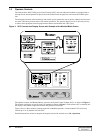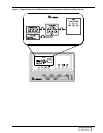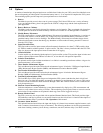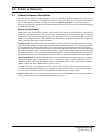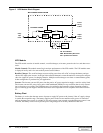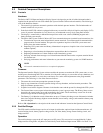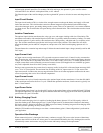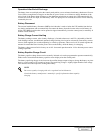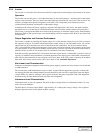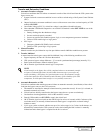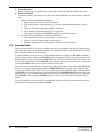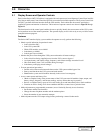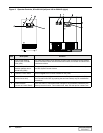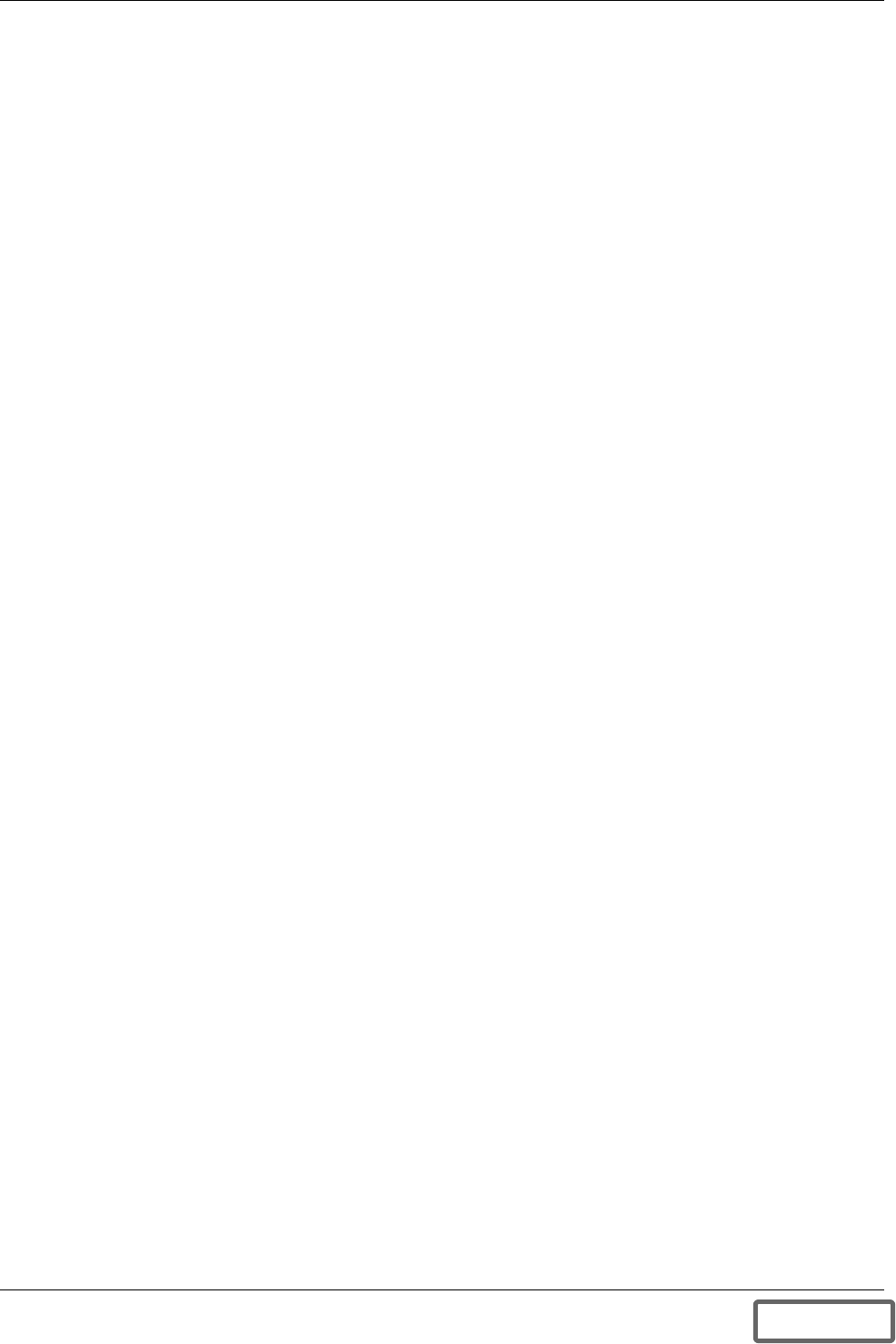
18 Theory of Operation
2.2.4 Inverter
The inverter is a solid state device that converts the DC output of the rectifier/charger or the battery to AC power.
Operation
The inverter converts DC power—from either the battery or the rectifier/charger—into three pulse-width-modu-
lated/six-step waveforms. These wa v eforms are filtered into low-distortion sine wave power. The inverter is con-
trolled by an Application-Specific Integrated Circuit (ASIC). This integrated circuit controls the precise
synchronization, amplitude, and frequency of the output voltage.
In addition to the inverter efficiently supplying a regulated AC output from a DC source, the output isolation
transformer acts as a second stage of isolation between the critical load bus and the commercial source power.
The inverter is configured to handle most critical load inrush surges. It maintains output voltage Total Harmonic
Distortion (THD) within specifications even when handling non-linear computer loads. Refer to non-linear load
characteristics.
Output Regulation and Overload Performance
The inverter is capable of sustaining full output voltage ±2% of the nominal voltage) for up to 150% overload at
the output for as long as 30 seconds without reducing the output voltage. It can a lso handle at least 125% of the
rated current for up to 10 minutes and 104% of the rated current continuously. The System Control Cabinet
(SCC) will transfer the critical load to the bypass source if the overload exceeds the system capacity or the capac-
ity of the modules on-line. The multi-module overload capacity (in terms of percent of rated full load current of
modules on-line) is 140% for 20 seconds, 108% for 10 minutes, and 104% continuously.
Note that in normal operation the SCC will transfer the load to bypass before a UPS module exceeds its overload
capacity. If a module overload condition is sustained (be yond inverter capacity) the UPS module is automatically
taken off-line (disconnected from the critical bus) and is shut down. If the UPS system is operating in the redun-
dant mode, the load may remain on the UPS system. Refer to 3.4 - Automatic Operations.
Non-Linear Load Characteristics
Computers and computer equipment with switching power supplies generate non-linear currents rich in fifth and
seventh harmonics.
The inverter pulse-width-modulated/six-step waveform, coupled with the output filter, provides a natural path
for reducing the fifth and seventh harmonic currents produced by the load. The inverter/filter limits the output
voltage THD to less than 5% with up to 100% typical electronic data processing (EDP) loads. EDP equipment
characteristically includes both non-linear and linear load components.
Unbalanced Load Characteristics
Unbalanced loads a re actively regulated. The phase-to-phase voltage balance is maintained to within 2%, even
with a 50% load imbalance.
The three-phase, root mean square (RMS—approximately 70% of the peak) average voltage is also regulated
through a separate c ontrol circuit (phase-to-phase sensing).
DISCONTINUED
PRODUCT



